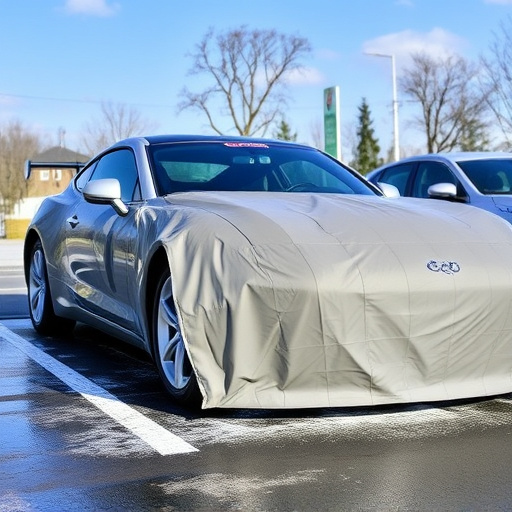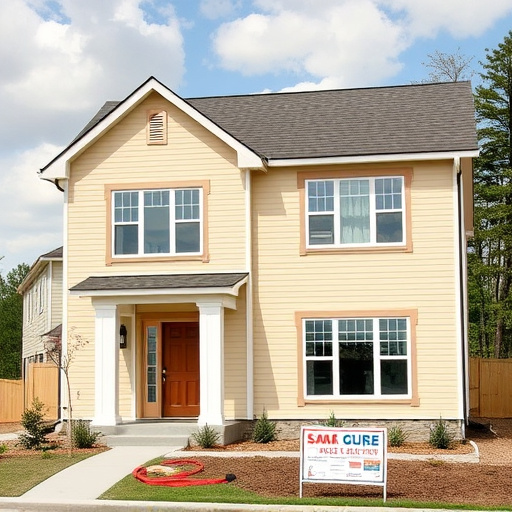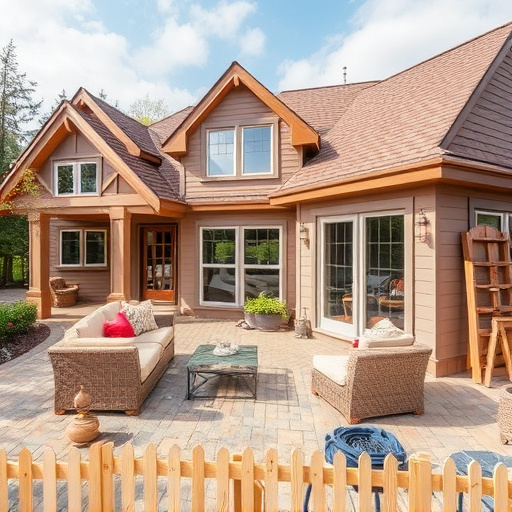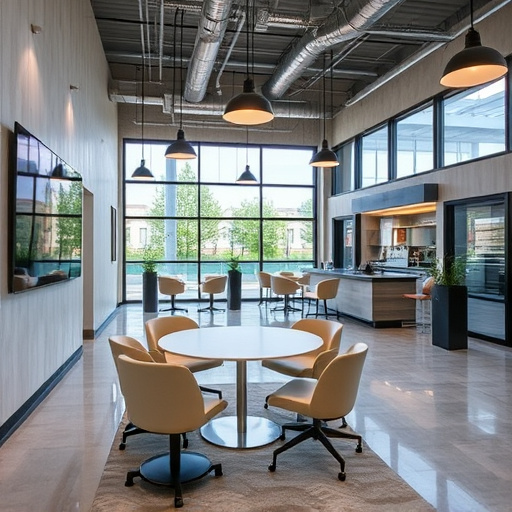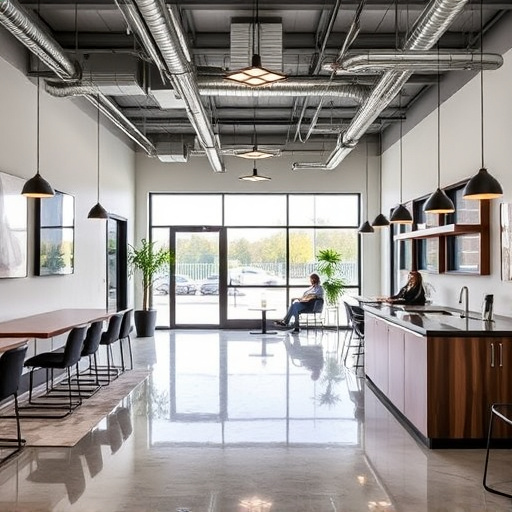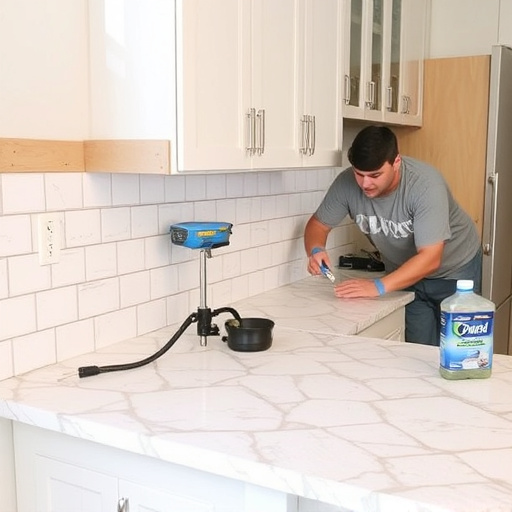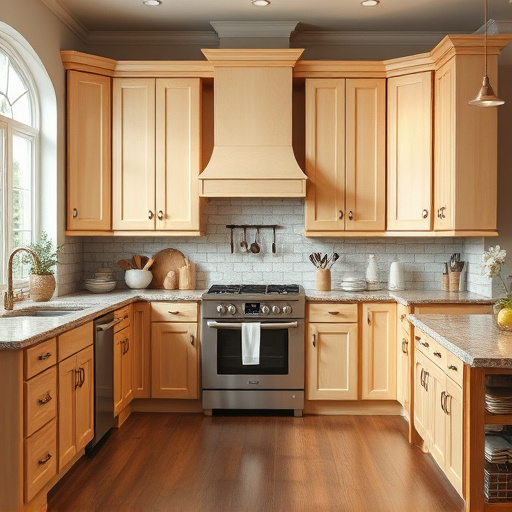Remodeling contractors in urban areas cater to high demand for compact space solutions, focusing on modern designs and smart tech. In suburbs, they enhance comfort and aesthetics with modern kitchens, bathrooms, and home additions. Both settings present unique challenges like limited space and building codes, requiring communication and local knowledge for successful projects.
“The landscape of remodeling contracts is evolving, with distinct trends emerging in urban and suburban areas. In densely populated cities, contractors are mastering the art of adapting to limited spaces, while suburban neighborhoods prioritize comfort and aesthetic appeal. This article explores these contrasting dynamics, delving into the strategies and challenges faced by remodeling contractors in both settings. From urban’s compact transformations to suburban’s design-focused makeovers, discover how professionals navigate these diverse environments, ensuring customer satisfaction.”
- Urban Remodeling: Adapting to Dense Populations
- Suburban Trends: Focus on Comfort and Aesthetics
- Common Challenges and Solutions for Contractors
Urban Remodeling: Adapting to Dense Populations
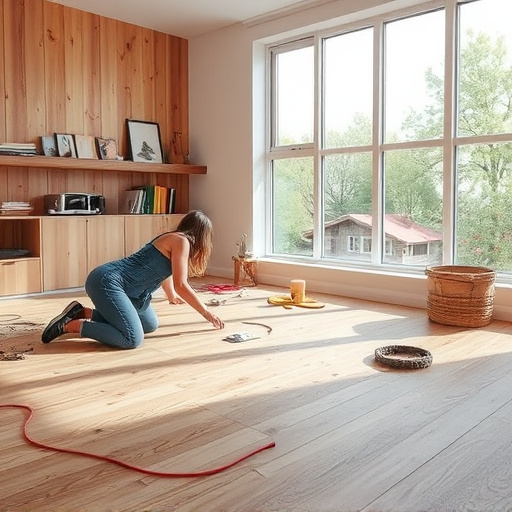
In urban areas with dense populations, remodeling contractors face unique challenges and opportunities. The high density means more competition for projects, but also a greater demand for specialized services that cater to compact living spaces. Urban remodeling often involves home transformations that maximize every square foot, from sleek, modern designs in small apartments to clever space-saving solutions in older buildings. Contractors specializing in urban environments must be adept at navigating labyrinthine city regulations and understanding the unique aesthetic preferences of diverse communities.
A significant trend in urban home renovation is the focus on creating functional and stylish bathrooms that can accommodate multiple occupants simultaneously. This might include designing custom storage solutions, installing dual sinks, and incorporating smart technology to enhance convenience and efficiency. Additionally, the integration of sustainable practices is gaining traction, with contractors incorporating energy-efficient appliances, water conservation systems, and eco-friendly materials to meet the growing demand for green home transformations.
Suburban Trends: Focus on Comfort and Aesthetics
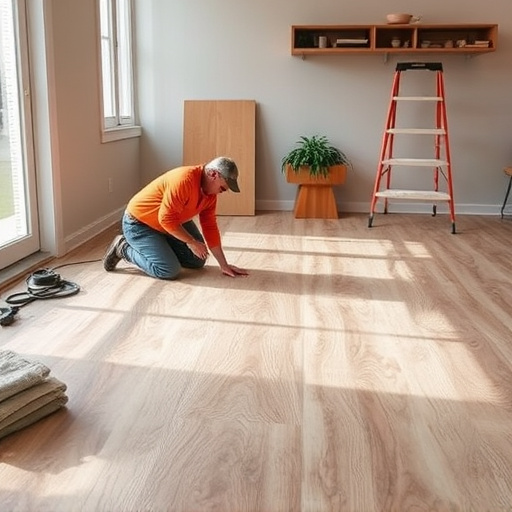
In suburban areas, remodeling contractors often see a distinct focus on enhancing comfort and aesthetics. Homeowners here tend to prioritize creating inviting and visually appealing living spaces that blend seamlessly with their surroundings. This trend is reflected in popular home improvement services such as kitchen and bathroom renovations, where modern designs, high-end finishes, and smart technology are favored. Many suburban families also opt for home additions to accommodate growing families or to create functional spaces tailored to specific needs, like dedicated home offices or recreational rooms.
The goal is often to achieve a balanced blend of style and functionality. Remodeling contractors play a crucial role in transforming existing homes into modern, comfortable retreats that not only increase property value but also enhance the quality of life for residents. By understanding these preferences, contractors can tailor their services to meet the unique needs and expectations of suburban clients.
Common Challenges and Solutions for Contractors
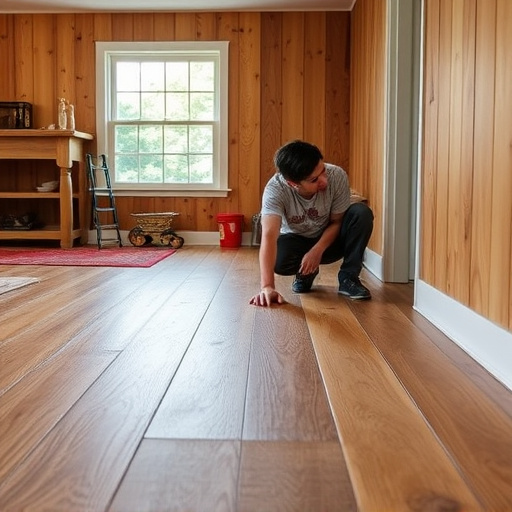
Remodeling contractors face distinct challenges when working in urban and suburban areas. In dense urban centers, space is limited, and navigating through crowded neighborhoods or historic districts requires meticulous planning. Contractors must adhere to strict building codes and often deal with older structures that demand specialized skills for preservation. However, urban projects offer opportunities for creative home transformations, leveraging vertical spaces and incorporating modern amenities while maintaining the area’s unique character.
In contrast, suburban areas present different hurdles. Here, contractors may encounter larger properties with more open space, but also face the challenge of blending new additions seamlessly with existing homes. Suburban residential renovations often involve updating older homes to meet contemporary standards while preserving their original charm. Effective communication and understanding local zoning regulations are key solutions for contractors to navigate these suburban challenges successfully.
In urban areas, remodeling contractors are increasingly focused on adapting to dense populations through innovative space optimization and sustainable design. Conversely, suburban trends emphasize comfort and aesthetics, with an uptick in requests for customized living spaces and energy-efficient features. Despite these differences, both settings present unique challenges, such as navigating tight spaces or dealing with strict zoning regulations. However, skilled contractors can overcome these hurdles by employing versatile designs, high-quality materials, and efficient project management—ultimately enhancing property values and improving the quality of life for residents in both urban and suburban landscapes.






